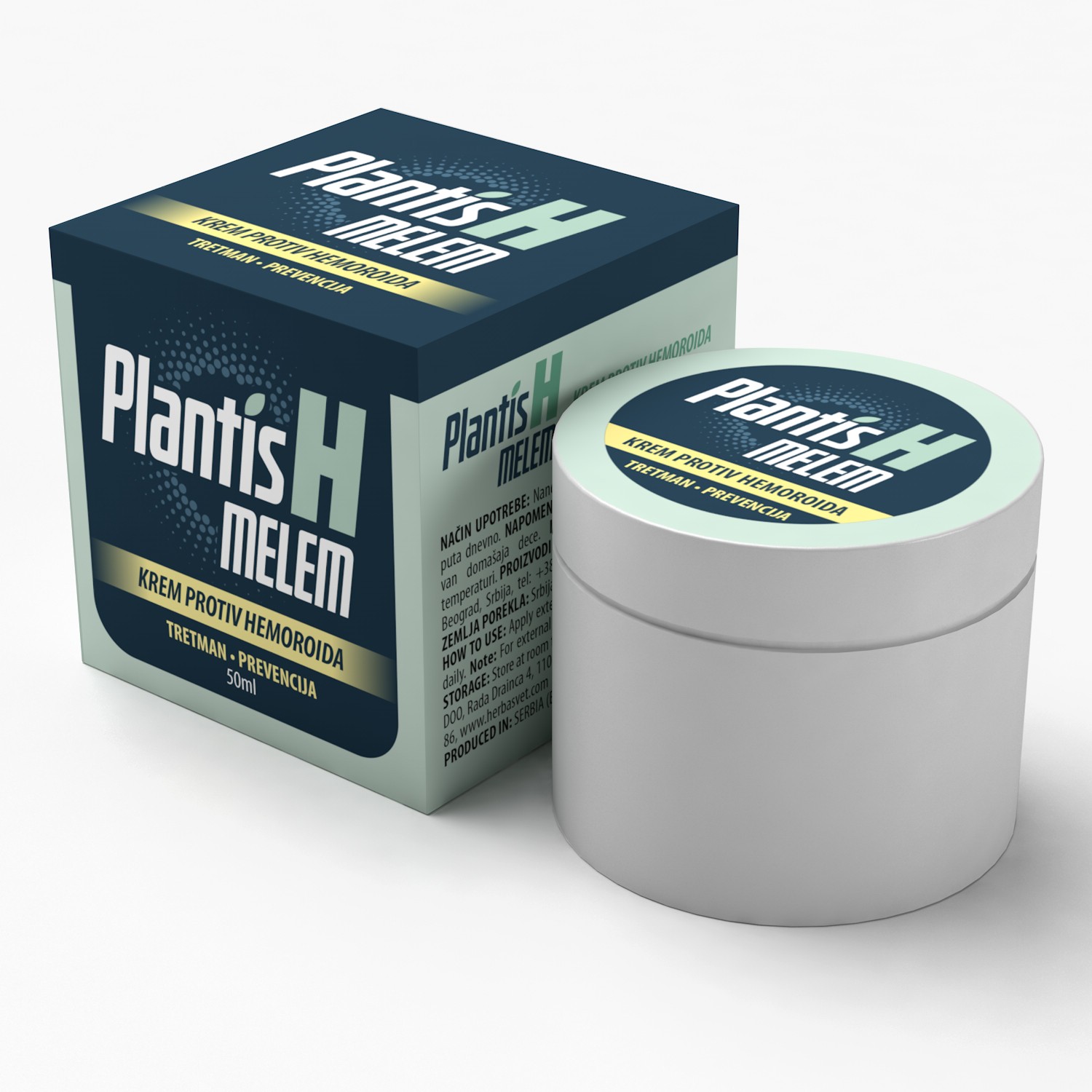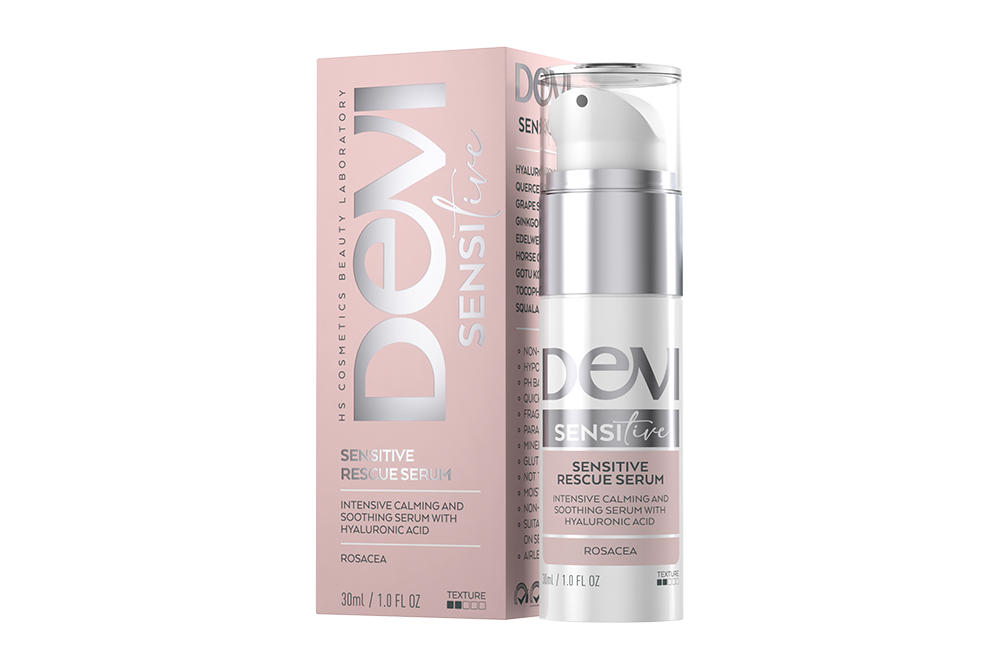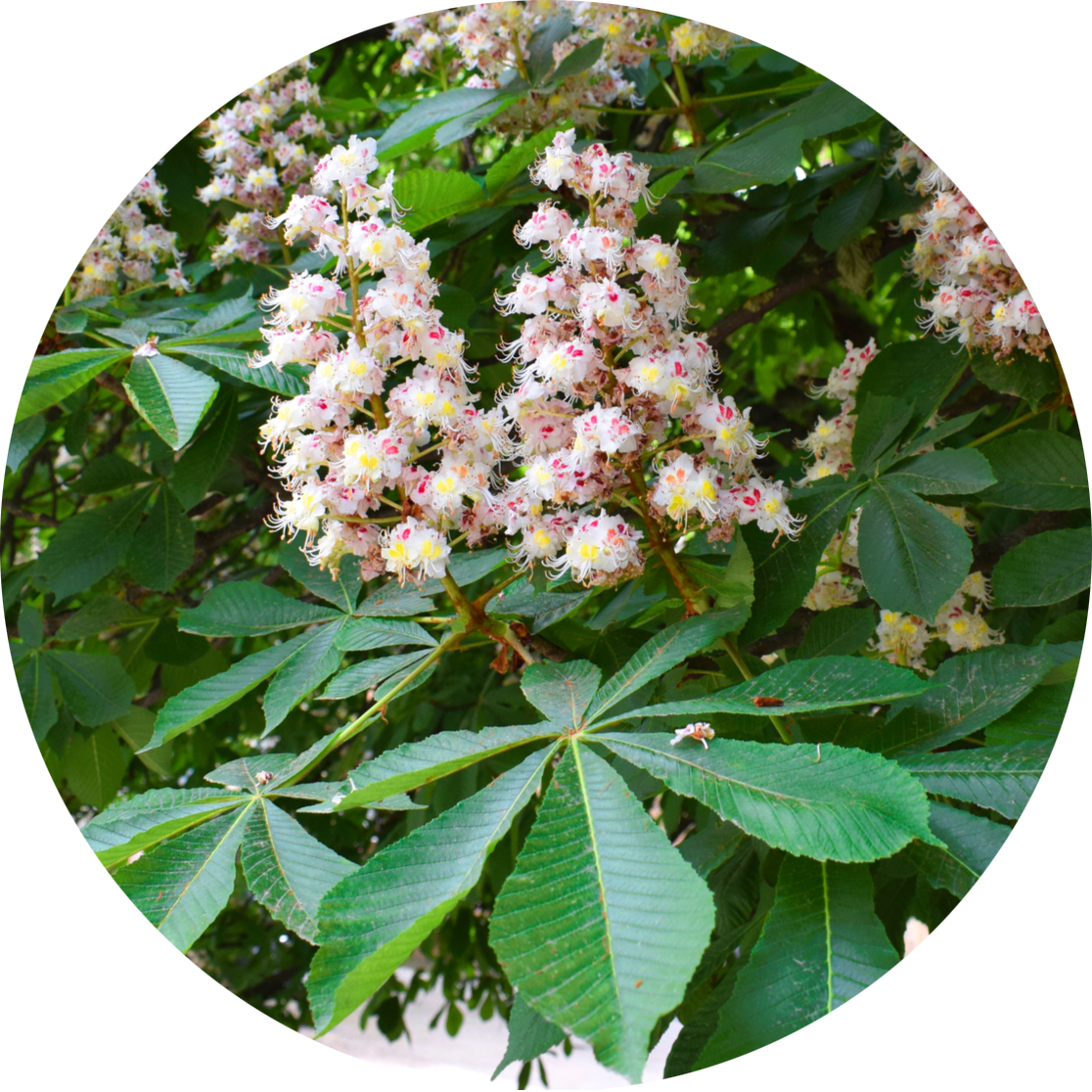(Aesculus Hippocastanum)
If there is one tree that is geographically close to us, it is horse chestnut. This beauty with magnificent flowers originates from the Balkans; it reached western Europe in the 16th century, when the Ottoman Empire ruled the Balkans. That is why it is sometimes mentioned in foreign literature as originating from Turkey, which is wrong; it is an autochthonous Balkan tree, specifically an endemic species from the Drim river basin. When it arrived in Britain, landscape architects were impressed by its beauty and Sir Christopher Wren, a famous English architect, planted a mile-long alley near the Royal Palace of Hampton Court.
Horse chestnut should not be confused with tame chestnut – they are two completely different trees. Horse chestnut, with its scientific name Aesculus Hippocastanum, is a large tree whose shape is reminiscent of an inverted bunch of grapes; it has pinkish-white flowers and a fan-shaped leaf consisting of five to seven rounded leaflets connected with a stalk. Most importantly, the fruit of horse chestnut tree is not edible, unlike the fruit of tame chestnut, Castanea sativa Mill, which has oblong serrated leaves and an elongated flower.
Our Balkan beauty is a long-lived tree: it can live for 300 years and reach 40 metres in height. Its trunk can measure up to two metres in diameter, if it survives logging and disease. Unfortunately, today this tree is on the endangered list: it is one of 400 endangered species. Frequent fires, pests and human arrogance are its greatest enemies. It is a pity because horse chestnut tree has so much to offer – in addition to its beauty and deep shade, this tree is extremely therapeutic.
HORSE CHESTNUT PROTECTS VEINS
Although its fruit is not edible, horse chestnut has secret ingredients that work wonders for our blood vessels. The European Medicines Agency states that the main ingredients in the bark of dried young twigs are coumarin and glycosides, most of which are aesculin and aglycone esculetin, fraxetin and scopoletin. It also contains tannins, flavonoids, anthocyanins, catechins and aescin. It is precisely aescin, a triterpene saponin, glycosides aesculin and esculetin that have strong vasoprotective action.
How does horse chestnut protect our veins? Aescin has a vasodilating effect – it affects the secretion of prostaglandin F2α and thus promotes angiogenesis, the process of creating new blood vessels, and improves microcirculation in the veins. Five clinical studies have confirmed that horse chestnut fruit extract strongly prevents the breakdown of proteoglycans in capillary walls. Proteoglycan is a glycoprotein necessary for good tissue hydration and resistance to pressure.
Aesculin and esculetin have a strong anti-inflammatory effect, which is believed to be thanks to the inhibitory properties of lipoxygenase, an enzyme that encourages inflammation. Chestnut has a powerful antioxidant effect and thus strengthens the body’s resistance, prevents oxidative stress or lipid peroxidation.
All these properties of horse chestnut are of great help in disorders of the venous system:
- varicose veins
- inflamed veins
- chronic venous insufficiency
- poor circulation
- problems with coagulation (blood clotting)
- edema – swelling of the extremities
- itching, tingling in the legs
- leg cramps
- ulcers on the legs
- inflammed haemorrhoids – piles
POSITIVE EFFECT ON HAEMORRHOIDS
Just as it has a positive effect on veins, chestnut has the same effect on haemorrhoids. Haemorrhoids are actually sacks of connective tissue and blood vessels in the rectum and at the exit of the anal canal which regulate the retention or release of stool. They become sore when the veins in them are inflamed – inflamed haemorrhoids or piles are actually inflamed blood vessels.
Symptoms of inflamed haemorrhoids are itching, irritation, pain, bleeding from the rectum, recognisable by pale blood in the stool; in severe cases they need to be removed by surgery. Horse chestnut has a proven anti-inflammatory effect on haemorrhoids – compresses, ointments or suppositories containing an extract of this tree can effectively reduce swelling of the veins and relieve symptoms. It also has a preventive effect, so it is good to apply it before the condition becomes complicated. It can also help after haemorrhoid surgery. As a powerful antioxidant, horse chestnut has preventive action against cell damage by free radicals and can thus prevent cancer.
Another disorder that occurs due to swelling of the veins is varicocele – varicose veins in the scrotum and around the testicles in men. There are usually no symptoms associated with varicocele, but this condition affects as many as 40 per cent of infertile men. Aescin has proved to be effective in this case as well thanks to its ability to improve circulation, which results in better sperm quality and motility.
PRECAUTIONS
However, horse chestnut can be poisonous, as is the case with any other medication. Therefore, it should be used in professionally prepared preparations. If we eat horse chestnut aesculin can cause symptoms of poisoning, depression, muscle cramps, paralysis, digestive problems and headaches. As it affects blood coagulation, it is not safe for haemophiliacs, and as it lowers blood sugar levels, diabetics should not use it orally together with insulin. That is why chestnut extract is the safest in preparations that are applied to the skin, and then it can be used by everyone, including pregnant women.
One such expertly made preparation that also contains horse chestnut extract is Plantis H balm from the Herba Svet laboratory. This balm which contains many other natural ingredients obtained from medicinal herbs effectively soothes inflammation in haemorrhoids, reduces pain and irritation, stimulates tissue regeneration and epithelialisation of wounds, and is completely safe to use. It can also be used after haemorrhoid surgery and is safe for pregnant women. Chestnut’s soothing properties come into light in the Sensitive Cream and Sensitive Rescue Serum, which help sensitive skin overcome irritations and rosacea.
Next time you see a horse chestnut tree, remember how much it gives us; and in the autumn you can pick up a few fruits, pierce them and put them in your wardrobe to repel moths. This Balkan beauty deserves to be given protection, in return for the protection and care that it can give us.



